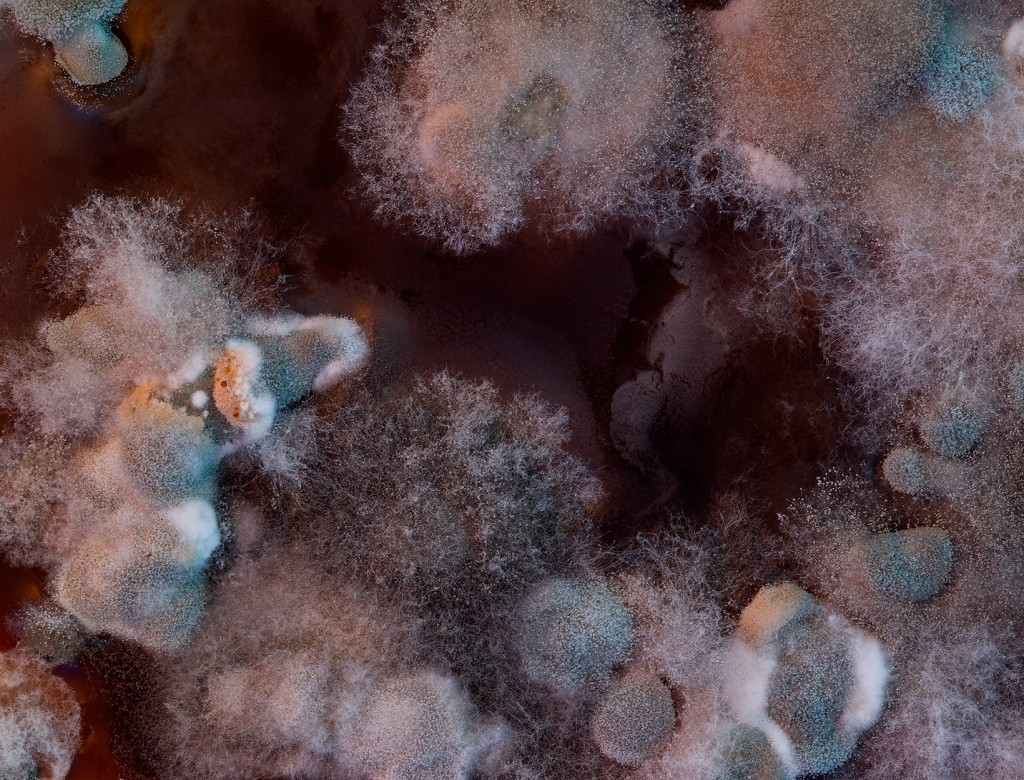Healthy Eating Habits
There’s a lot of conflicting information out there about what it means to “eat healthy.” The International Food Information Council Foundation’s (IFIC) 2017 Food and Health Survey found that most people find conflicting advice about what to eat or avoid, causing many to doubt their food choices.

Sometimes we’re told to completely cut out carbs, but we also hear carbs are a primary energy source. One authority claims that coffee is carcinogenic, while another suggests it prevents diseases like Parkinson's.
Though defining it may be complicated, 19% of respondents in our own survey ranked “eating healthier” as their most important health goal.
↚
Why is eating healthy so important?
The entire purpose of eating is to fuel the complex systems that function in your body — so feeding it the best nutrients possible is essential.

Those nutrients, like calcium and potassium, directly influence bodily tasks like hormone creation and heartbeat regulation. Though vitamins and supplements are sometimes helpful, a balanced and healthy diet is the best way to ensure you’re getting the minerals your body needs.
The perks to eating healthy are abundant — it lowers your risk for health issues, improves confidence, increases energy, aids in weight management, and sets a good example for family and friends.
↚
The World Health Organization reports that if people ate healthier, stopped using tobacco, and exercised more — 80% of all cases of heart disease, stroke, and Type 2 diabetes could be prevented. This staggering statistic is reflected in nearly every major health disease — cancer, diabetes, obesity, osteoporosis, and even depression are all less likely for people with a healthy diet.
Which nutrition plan is best for you?
↚
So let’s get back to what it means to “eat healthy.” A good place to start is USDA’s MyPlate. Basically, the ideal plate for each meal contains a balance of essential food groups. Half your plate should be fruit and vegetables, and the other half should be whole grains and protein. Add a small side of low-fat dairy and you’ve got a balanced meal.


Calculate your calories:Use the MyPlate tool to calculate how many calories you should eat based on personal attributes.
Just like with exercise, drastic changes upfront are hard to maintain when it comes to eating healthy (that’s why diets don’t really work for most people in the long term).
↚ While the goal is a balanced plate at every meal, you can start by making small changes to slowly modify your diet. Keeping track of what you’re eating and drinking to help you understand your eating habits. Be aware of portion sizes and don’t over-eat. Try to limit excessive sugars, saturated fats, and sodium. Choose grilled food over fried, opt for fat-free dairy products, and try cooking with herbs and spices instead of salt. Drinking lots of water in place of soda and juice is another simple switch that will benefit your health in many ways.
But know that you don’t need to be overly restrictive or perfect with your eating habits to see success. Making small measured changes over time and striving for balanced nutrition is key to reframing your eating habits. “Eat healthy for 80% of the week and allow for unhealthy choices for about 20% of the week,” Diane Malaspina, Ph.D, Yoga Medicine Therapeutic Specialistadvised. “This is called the 80/20 rule. This approach teaches the skill of moderation and doesn’t call for complete food restriction so that less healthy food can be enjoyed in moderation.”
“Remember that fad diets aren’t easily maintainable, so it’s best to just adopt a healthier lifestyle that you can carry throughout your whole life.”
UCLA research found that the majority of people on diets will regain more weight than they
↚
lose within five years. Diets, especially overly restrictive ones that eliminate entire food groups, can be hard on your body, make eating at social gatherings complicated, and if they involve exotic ingredients or subscribing to a food plan, can become pretty expensive. Both the USDA and our experts agreed that general moderation and a balance of food groups is the most effective way to achieve long term healthy nutrition.
Goals to get you started
To start eating healthier, just one or two intentional changes can go a long way.

Some great products and services for better nutrition
The Best Water Bottles
The Best Multivitamins
The Best Fiber Supplements
The Best Probiotics
The Best Meal Delivery Services
The Best Weight Loss Programs
The Best Multivitamins
The Best Fiber Supplements
The Best Probiotics
The Best Meal Delivery Services
The Best Weight Loss Programs










